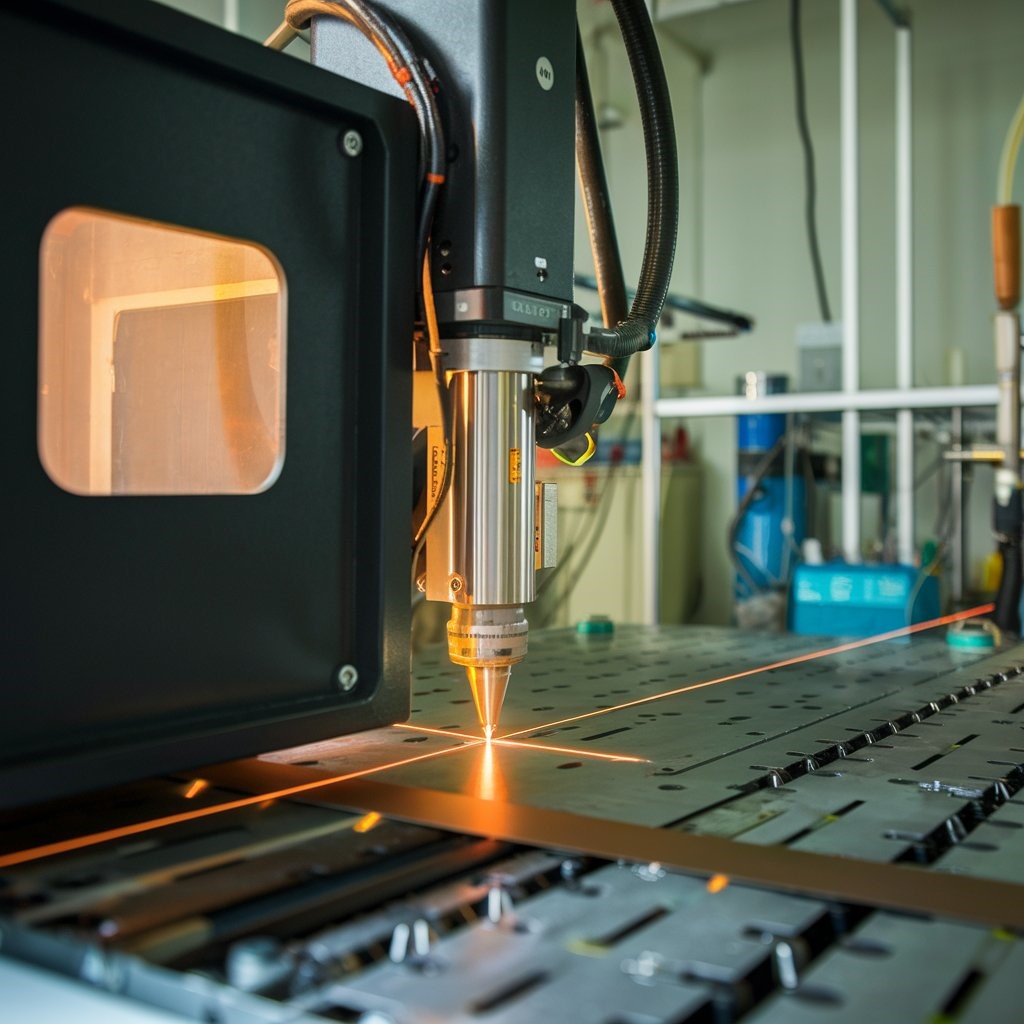The fiber lasers industry is experiencing unprecedented growth, driven by technological advancements, expanding applications, and increasing demand across various sectors. As industries seek more efficient and precise solutions for their manufacturing and processing needs, fiber lasers are emerging as a preferred choice. This article explores the significant opportunities within the fiber lasers industry, highlighting key trends, market drivers, and potential growth areas.
1. Expanding Applications
One of the primary drivers of growth in the fiber lasers industry is the broadening range of applications across various sectors.
1.1 Manufacturing
Fiber lasers are increasingly utilized in manufacturing processes such as cutting, welding, and marking. Their precision and speed make them ideal for high-quality, efficient production. Industries like automotive, aerospace, and electronics are integrating fiber lasers to enhance productivity and reduce costs.
1.2 Medical Applications
The medical sector is another burgeoning field for fiber lasers. These lasers are used in various procedures, including surgical applications, dermatology, and dental treatments. Their ability to deliver high precision with minimal damage to surrounding tissues makes them highly desirable for surgical interventions.
1.3 Telecommunications
With the growing demand for high-speed communication, fiber lasers are playing a crucial role in the telecommunications industry. They are essential in manufacturing optical components and devices, enabling faster data transmission and improving network infrastructure.
Download PDF Brochure @ https://www.marketsandmarkets.com/pdfdownloadNew.asp?id=87036569

2. Technological Advancements
Continuous advancements in fiber laser technology are creating new opportunities for growth and innovation.
2.1 Higher Power Lasers
The development of high-power fiber lasers is expanding their capabilities in industrial applications. These lasers are increasingly used for thicker materials and more demanding cutting and welding tasks, opening up new markets and enhancing productivity.
2.2 Integration with Automation
The integration of fiber lasers with automation technologies, such as robotic systems and computer numerical control (CNC) machines, is transforming manufacturing processes. This synergy allows for greater efficiency and precision, making fiber lasers an attractive option for industries looking to optimize production lines.
3. Market Trends and Demand
3.1 Growing Demand for Energy Efficiency
As industries become more conscious of their environmental impact, the demand for energy-efficient solutions is rising. Fiber lasers are known for their energy efficiency compared to traditional laser technologies, making them an attractive option for businesses aiming to reduce their carbon footprint.
3.2 Rise of Additive Manufacturing
The additive manufacturing sector, or 3D printing, is witnessing significant growth. Fiber lasers are increasingly being utilized in this field for applications such as selective laser sintering (SLS) and selective laser melting (SLM), where they contribute to the production of complex geometries with high precision.
4. Geographic Expansion
The fiber lasers industry is not limited to any single region; rather, it is experiencing growth globally. Emerging economies in Asia-Pacific, particularly countries like China and India, are investing heavily in advanced manufacturing technologies, presenting significant opportunities for fiber laser manufacturers.
4.1 Asia-Pacific Market Growth
The Asia-Pacific region is expected to see substantial growth in the fiber lasers market, driven by increasing industrialization and investments in automation. As manufacturers in this region seek to improve efficiency and productivity, the demand for fiber lasers will continue to rise.
4.2 North America and Europe
North America and Europe remain strong markets for fiber lasers, particularly in industries such as aerospace, automotive, and medical devices. The focus on research and development, along with the presence of key players in these regions, will contribute to ongoing growth.
5. Challenges and Considerations
While the opportunities in the fiber lasers industry are promising, there are challenges to consider.
5.1 Competition
The market is becoming increasingly competitive, with numerous players emerging globally. Companies will need to focus on innovation, customer service, and differentiated product offerings to maintain their market position.
5.2 Technological Integration
As industries adopt more advanced technologies, integrating fiber lasers with existing systems can pose challenges. Manufacturers must ensure that their products are compatible and easy to integrate into various manufacturing environments.
The fiber lasers industry presents a wealth of opportunities driven by expanding applications, technological advancements, and growing demand for energy-efficient solutions. As industries across the globe continue to seek precise and efficient manufacturing processes, fiber lasers are well-positioned to meet these needs.
By focusing on innovation, expanding into emerging markets, and addressing the challenges ahead, companies in the fiber lasers industry can capitalize on the significant growth potential that lies ahead. As we move into a future where precision and efficiency are paramount, fiber lasers will play a crucial role in shaping the landscape of modern manufacturing and beyond.
